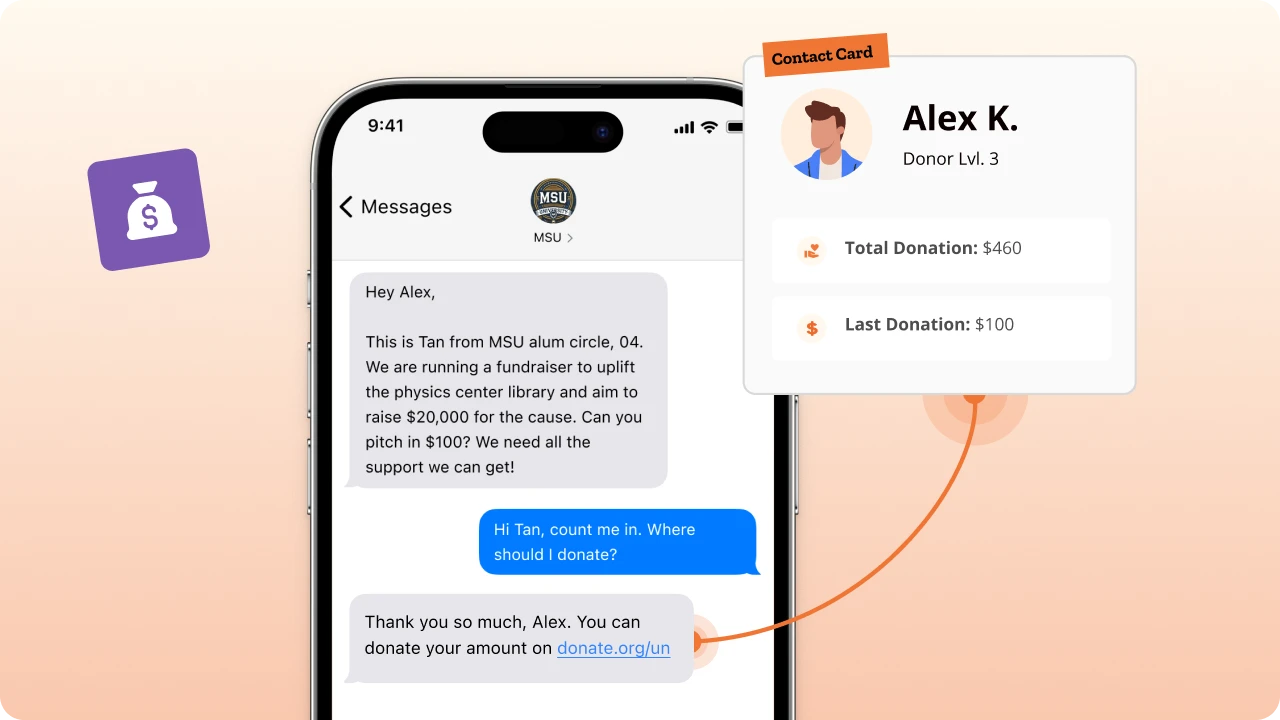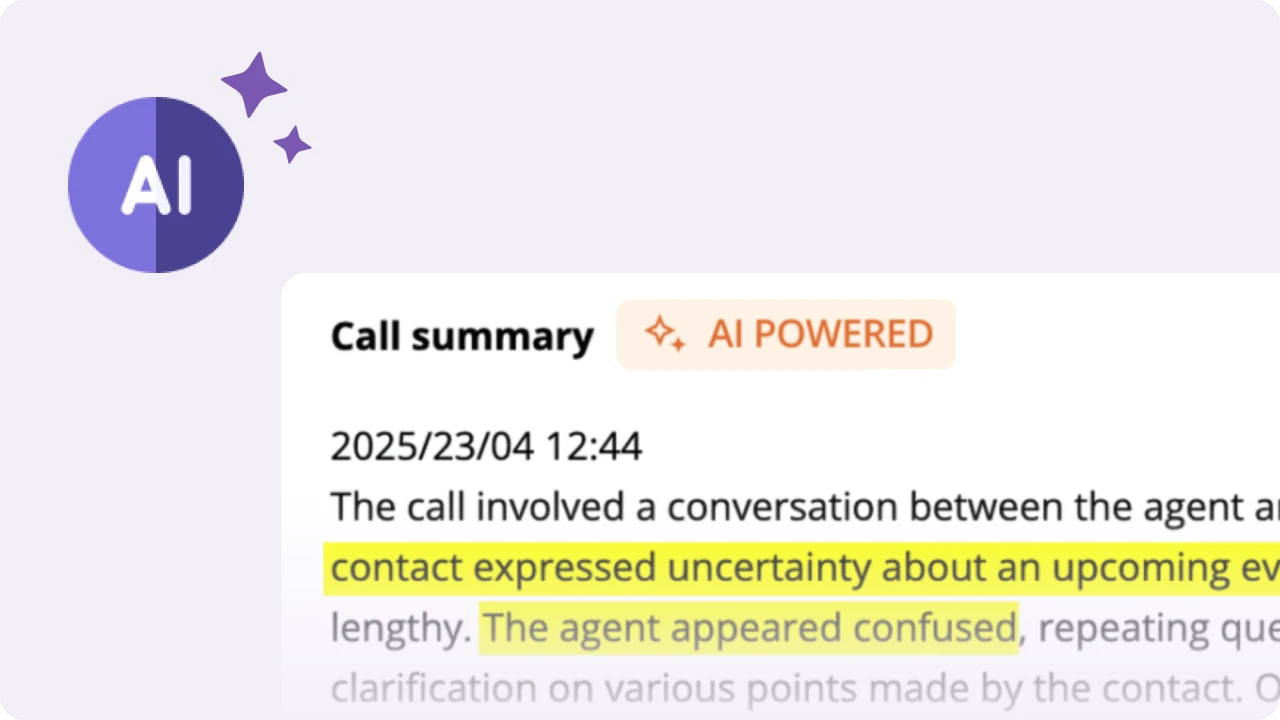Table of Contents
Advocacy coalitions aren’t just an option – they’re a game changer. One of the best examples of an effective coalition is the Climate Action Network (CAN).
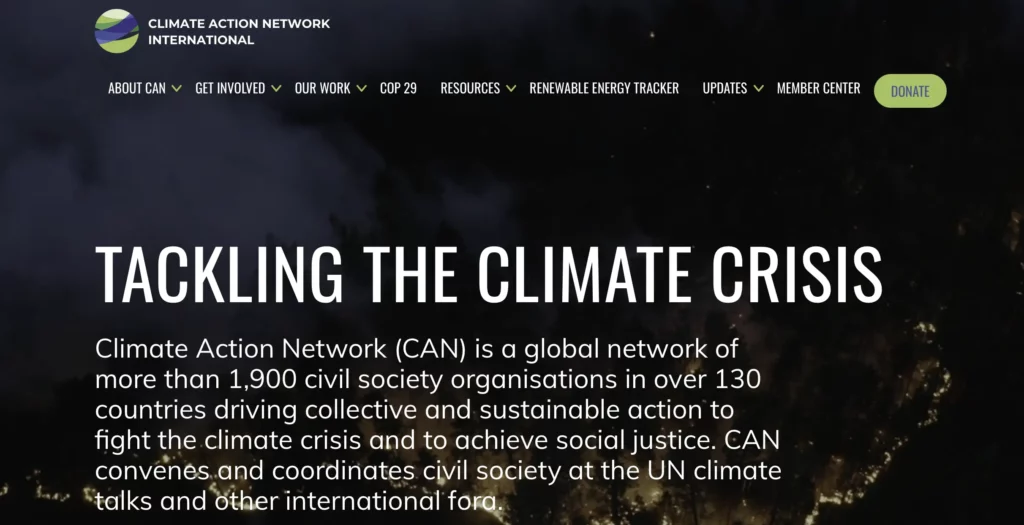
Founded in 1989, CAN emerged as a shared urgency amongst nonprofits to coordinate climate advocacy on a global scale. What started as a small group has since grown into the world’s largest network of environmental organizations, now representing over 1,900 members across 130 countries.
From mobilizing global civil society to influence the adoption of the Paris Agreement in 2015, to successfully pushing for the inclusion of loss and damange finance at COP27. CAN’s relentless campaigning has helped bring climate justice to the forefront of global negotiations.
Today, CAN plays a key role in shaping international climate policy. It coordinates advocacy efforts at major international platforms like the UNFCCC, IPCC, and G20. Initiatives like the ECO newsletter during negotiations and the satirical Fossil of the Day Awards amplify the voices of civil society and keep governments accountable.
But why are coalitions like CAN so effective?
At their core, advocacy coalitions bring together organizations and individuals around shared beliefs and common goals to push for policy change. When you join forces through a coalition, you don’t just add voices – you multiply your influence. “Strength in numbers” becomes a strategic advantage that turns scattered efforts into a powerful, unified movement.
That’s why building a coalition matters. It’s not just about gathering support – it’s about aligning strategy, structure, and tools to transform that energy into something tangible.
In this blog, let me take you on a simple yet easy-to-follow journey into coalitions and how the right alliance can take your advocacy to the next level.
Strategic thinking with the advocacy coalition framework (ACF)
To build a strong coalition, we first need to lean on the Advocacy Coalition Framework (ACF) – a strategic model developed by policy scientists in the 1980s, designed around shared beliefs and long-term collaborations.
This framework will help you understand how groups with shared values can work together effectively over time, even across different organizations and sectors. Think of it as a roadmap for uniting diverse voices towards a single, powerful cause.
| Core principles of effective coalition building according to ACF: Shared beliefs and long-term vision: Coalitions aren’t just about convenience – they thrive on common goals and deep trust. Sustained coordination: Aligning tactics over time creates momentum and impact. Strategic learning: Feedback loops help coalitions evolve based on what’s working. |
Let’s not forget: communication is the backbone of any successful coalition. When we talk about building strong, lasting alliances through the Advocacy Coalition Framework, it’s not just about shared beliefs – it’s about ensuring everyone is on the same page.
Effective coalitions rely on clear, consistent communication. This includes:
- Regular coordination calls or meetings to stay aligned.
- Shared messaging documents and talking points to ensure a unified voice.
- Joint planning calendars to keep everyone moving forward together.
- Crisis response protocols so you’re ready when things don’t go as planned.
- Consistent reporting mechanisms to track progress and adapt.
- Integrated outreach systems that make the most of every opportunity.
The most successful coalitions invest in shared technology platforms that connect their teams and their supporter bases. Doing this ensures everyone is working towards the same goal with clear, real-time communication across the board.
Why coalition building is tougher than it looks
Despite their potential advantages, advocacy coalitions frequently encounter roadblocks that limit their effectiveness:
| 1. | Messaging inconsistency | When coalition members don’t coordinate their communications, they risk confusing supporters with inconsistent calls to action or competing policy-priority narratives. |
| 2. | Data silos | Organizations often maintain a separate supporter database with no mechanism to identify overlapping constituents or track cross-organizational engagement. |
| 3. | Supporter fatigue | Without coordination, coalition partners may inadvertently bombard shared supporters with multiple requests, leading to unsubscribes and disengagement. |
| 4. | Technical incompatibility | Different CRM systems, communication platforms, and data structures can make it challenging to execute truly coordinated campaigns. |
| 5. | Resource imbalance | The coalition often includes organizations of varying sizes and capacities, creating equitable contribution and decision-making challenges. |
How to build advocacy coalitions
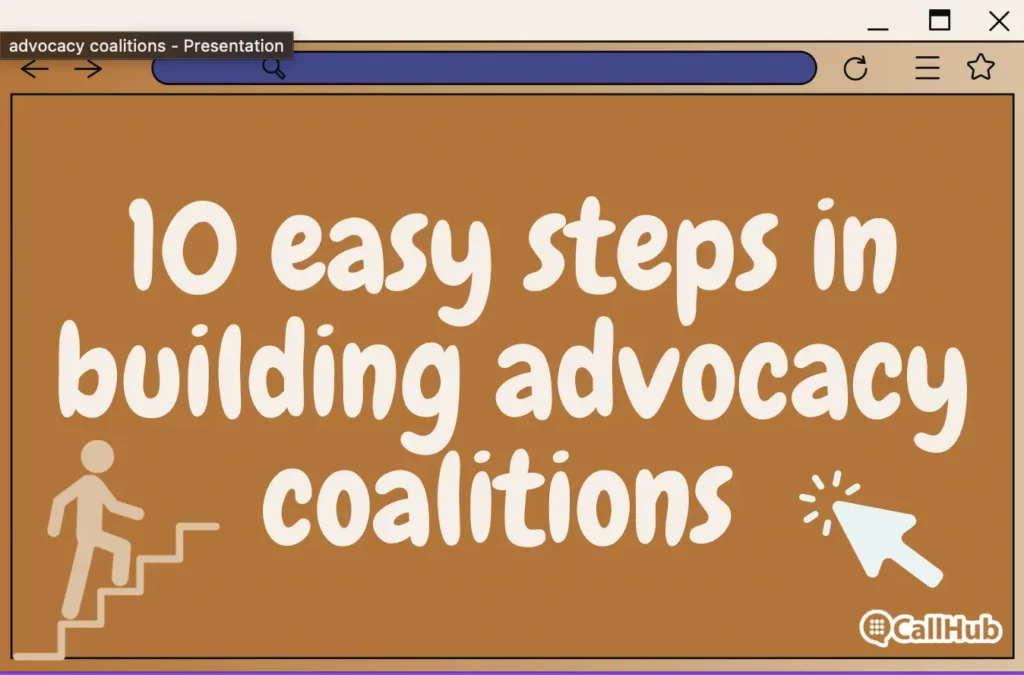
While building coalitions may seem like a daunting task, it’s far from impossible. Let’s look at the steps to help you transform the challenge into a force of change with the right approach.
1. Identify a common goal.
Start by defining a shared objective for everyone in the coalition to rally behind. The goal should be clear, actionable, and resonate with all your potential partners. After all, without a common purpose, it’s hard to move forward.
2. Map out potential partners.
Look for organizations, community leaders, or stakeholders whose mission aligns with yours. Think about their influence, resources, and network, and how willing they are to collaborate. The right partners make all the difference in achieving success.
3. Define clear roles and responsibilities.
Assign tasks based on each partner’s strengths to keep things running smoothly. Whether it’s policy expertise, grassroots mobilization, communications, or funding, everyone should know their role. No guesswork, just clarity.
4. Set ground rules for collaboration
Establish some ground rules for how the coalition will operate. This could include expectations for participation, how decisions will be made, and how conflicts will be resolved. Clear guidelines set the stage for effective teamwork.
5. Create shared messaging and strategy.
A consistent narrative is crucial. It builds trust with your audience and ensures all partners are on the same page. Craft messaging that reflects the collective voice of the coalition, so you’re not sending mixed signals.
6. Establish Communication channels
Regular check-ins are a must. Set up consistent meetings to keep everyone informed and connected. Clear communication isn’t just important – it’s the glue that holds the coalition forward. Set up systems and workflows that ensure timely communication reaches your supporters.
7. Align on tools and technology.
Choose the tools and platforms for outreach, data collection, and coordination. Whether it’s a shared CRM or centralized communication tools like CallHub, using the same tech makes everything run smoothly and efficiently. It keeps all your data in one place and eliminates the need for messy spreadsheets to track progress and share updates.
8. Decide how you will measure impact.
Agree on how to measure success. Whether it’s policy changes, public awareness, or volunteer engagement, defining clear metrics helps the coalition stay focused and on track. For example, track petition signatures, media coverage, event turnout, or growth in supporter lists. Clear metrics help everyone stay aligned and see progress in results.
9. Plan for decision-making and conflict resolution
Decisions will need to be made, and conflicts will arise – it’s just part of the process. Decide on how decisions will be made (consensus, majority vote, leadership committee) and outline a method for resolving disagreements constructively.
10. Formalize the partnership (MoUs or Agreements)
Draft a Memorandum of Understanding (MoU) or formal agreement to make everything official and avoid misunderstandings. This is where roles, responsibilities, and expectations get put into writing, making it easier to navigate decisions and share resources.
Legal considerations when building an advocacy coalition
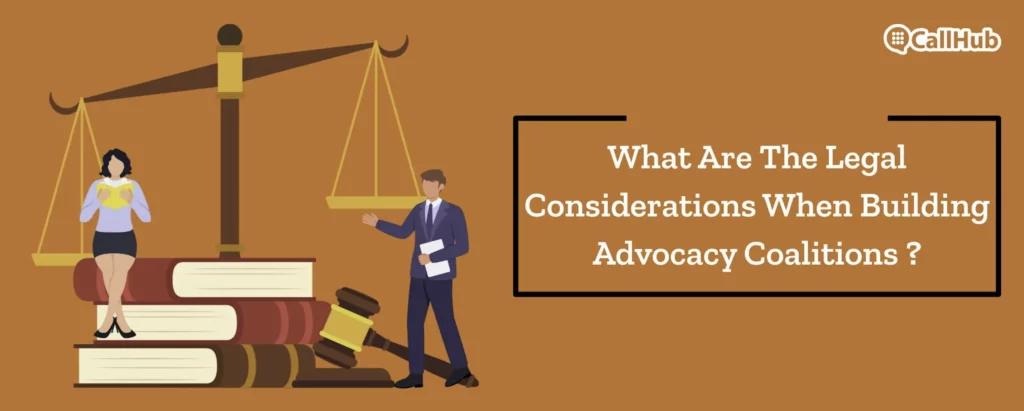
Now that you know how to build an advocacy coalition, the legal side of the advocacy process is also essential to understand. Let me break it down for you.
1. Determine the type of advocacy: Issue vs. Political.
Before we dive in, it’s essential to figure out whether your coalition will focus on issue-based advocacy (like pushing for climate policy) or political campaigning (such as supporting or opposing candidates). Why? Because each legal requirement is different, getting this straight from the start can save you headaches.
2. Navigate 501(c)(3) and 501(c)(4) boundaries
If your coalition involves both 501(c)(3) nonprofit organizations and 501(c)(4) social welfare groups, you’ll need to draw a clear line between their activities. Here’s the deal:
501(c)(3) can’t engage in partisan political activities, and they have limits on lobbying. 501(c)(4), on the other hand, has more flexibility. Keeping these boundaries clear is key to protecting everyone’s tax-exempt status.
Read Also: Can Nonprofits Lobby? Breaking Down the Rules and Guidelines
3. Establish data sharing and consent protocols.
Privacy and consent are crucial when sharing supporter or voter data across multiple organizations. Ensure you comply with laws like GDPR or CCPA, and always get the proper consent before sharing any information. Your supporters need to trust that their data is in safe hands.
4. Ensure proper disclosure for paid communications.
Transparency goes a long way in advocacy campaigns. If your coalition is running paid ads or mass communications, ensure you include all the disclaimers or disclosures required by law. It’s not just the right thing to do – it’s legally required.
5. Define roles, responsibilities, and agreements.
It’s essential to define who’s doing what in your coalition. Whether it’s campaign strategy, communications, data management, or funding, putting everything in writing helps prevent confusion and reduce legal risk. A solid agreement is your best friend here.
6. Comply with calling and texting regulations.
If your coalition is using peer-to-peer texting, phone banking, or auto-dialers, be sure to follow the rules set out by the Telephone Consumer Protection Act (TCPA).
This means getting proper opt-ins, respecting Do Not Contact lists, and honoring opt-outs quickly. Staying compliant keeps you on the right side of the law and helps build trust with your supporters.
Here is a TCPA checklist for you to ensure you’re fully covered.
7. Seek legal counsel early and often.
Don’t wait for an issue to arise – reach out to legal experts early. A knowledgeable attorney can help structure your coalition in a way that minimizes liability, ensures compliance, and adapts to ever-changing legal requirements. It’s always better to be safe than sorry!
Best practices for multi-organizational outreach success
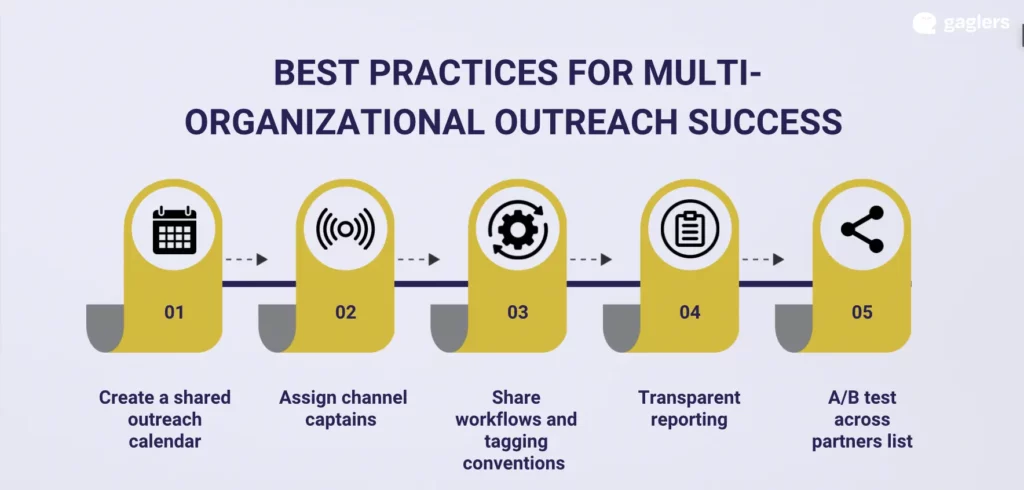
A coalition is only as effective as its communication. If your team isn’t on the same page, it’s like trying to row a boat with everyone paddling in different directions. Let’s look at some best practices for your coalition to implement:
1. Create a shared outreach calendar.
If you try to manage multiple events without a shared calendar, it can quickly lead to chaos. A shared outreach calendar helps keep all partners aligned and ensures no one is sending conflicting messages. Everyone will have visibility on important dates and milestones, keeping your coalition’s efforts coordinated and efficient. Google Calendar is an excellent tool since creating and sharing calendars is relatively easy.
2. Assign communication leads by channel
It’s essential to designate clear leads for each communication channel, whether SMS, calls, emails, or social media. This helps avoid confusion and ensures that each channel has someone responsible for crafting and executing the message in a way that resonates with the intended audience.
3. Share workflows and tagging conventions
Keeping data organized is key to providing a smooth experience for your supporters. Shared workflows and tagging conventions ensure that supporters receive targeted, timely messages without the frustration of irrelevant outreach. For example,
4. Leverage transparent reporting
Transparency helps everyone stay on the same page. By using clear and accessible reporting tools, coalition partners can track the effectiveness of different efforts. This data-driven approach allows the group to adjust strategies in real-time, ensuring the campaign stays on track. Advanced reporting tools such as CallHub’s metabase reports are excellent sources of campaign analytics.
5. A/B test across partner lists
Running A/B tests on messages across different partner lists effectively determines what works best for your collective audience. By analyzing results together, your coalition can learn and refine messaging strategies for optimal impact.
Tools to enhance coalition communication
Managing a coalition can sometimes feel like juggling multiple tasks simultaneously, especially when trying to keep everyone aligned while reaching a large and diverse audience. This is where technology becomes your greatest ally. To keep communication smooth and your partners fully aligned, the right tool stack makes all the difference.
1. CRM integration
Having CRM integrations in place is key. Integrating supporter data across all partner organizations creates a single source of truth for your coalition. Everyone stays updated on supporter interactions, event signups, and volunteer activities – no more scrambling for information across different systems. It’s the foundation for coordinated, efficient outreach. For example, CallHub helps you seamlessly integrate with Nation Builder, NGP VAN, Action Network, and Salesforce.
2. Workflow automation

Once your data is connected, workflow automation takes things to the next level. You can segment supporters by partner organization, location, or engagement level and automatically guide them through the right journeys – sending a reminder for a rally or inviting them to a volunteer shift. Intelligent workflows help keep communication relevant, personalized, and timely across your coalition.
On CallHub, you can set up workflow sequences to follow up on calls through text messages, schedule emails, and more.
3. Phone banking software

For high-touch outreach, phonebanking software is a game-changer. They allow you to set up joint phone banks with shared scripts, making it easy for volunteers from different organizations to call supporters with a unified message. Real-time tracking allows you to monitor campaign performance and make necessary adjustments.
Looking to create a phone banking script for your calling campaign? I’ve got you covered.
4. Text broadcast
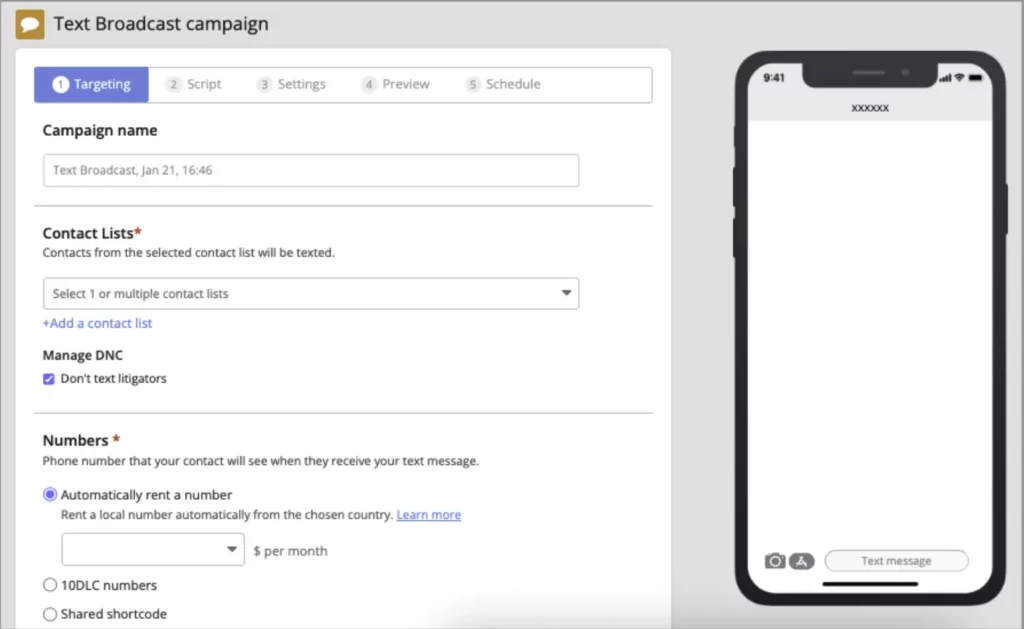
Text broadcasts come into play when you need to mobilize supporters quickly and on a large scale. Send coordinated updates, calls to action, or event invites to thousands of supporters across all partner bases simultaneously, without the chaos of each organization messaging independently. It’s fast, direct, and keeps your coalition’s voice unified.
Here’s how you can set up your text broadcasting campaign with CallHub.
5. Peer-to-peer texting
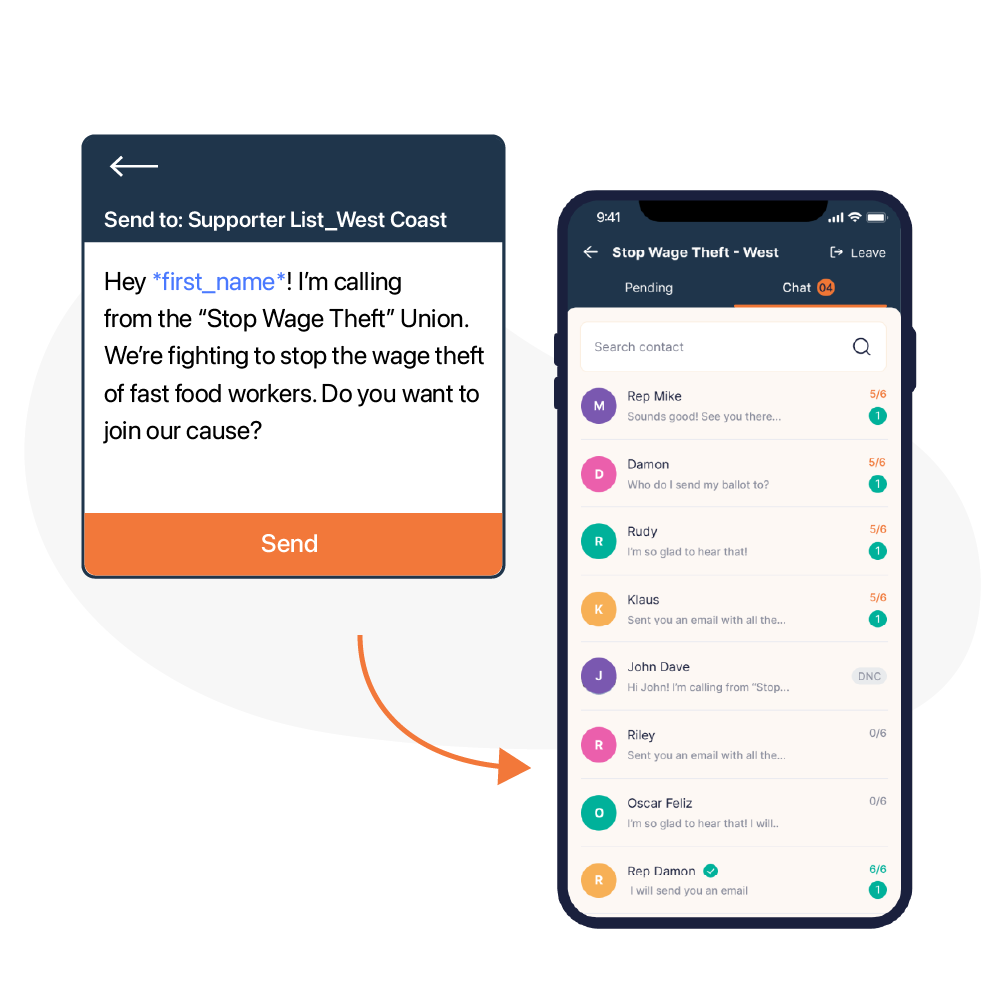
If a more personal touch is needed, peer-to-peer texting helps you have one-on-one conversations, perfect for rapid volunteer onboarding, answering supporter questions, and creating that direct human connection, even across larger numbers.
6. Shared tags and triggers
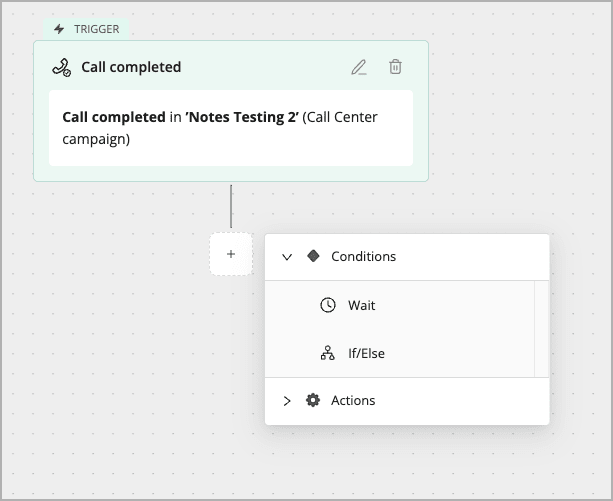
Finally, to keep everything tidy and avoid overwhelming your audiences, shared tags and follow-up triggers ensure that no one slips through the cracks – or gets bombarded with multiple asks. With clear tagging conventions and intelligent automation, you can manage outreach flows carefully, building trust and loyalty over time.
Your coalition communication checklist
Ready to build a smarter, more unified advocacy coalition? Use this checklist to assess your readiness:
⬜ Have we aligned on shared goals and language?
⬜ Is our supporter data organized and accessible across partners?
⬜ Do we have assigned communication leads by channel?
⬜ Are workflows in place to automate follow-ups?
⬜ Can we track, measure, and report on coalition-wide impact?
If you’re missing more than one box, don’t worry. That’s precisely where CallHub’s tool can make a difference.
Let’s get aligned
Building an advocacy coalition is hard. Activating it shouldn’t be. Let’s remove the friction and make it easier for every partner to plug in, sync up, and drive change. Get started immediately with CallHub to empower your coalitions to mobilize faster and smarter.

